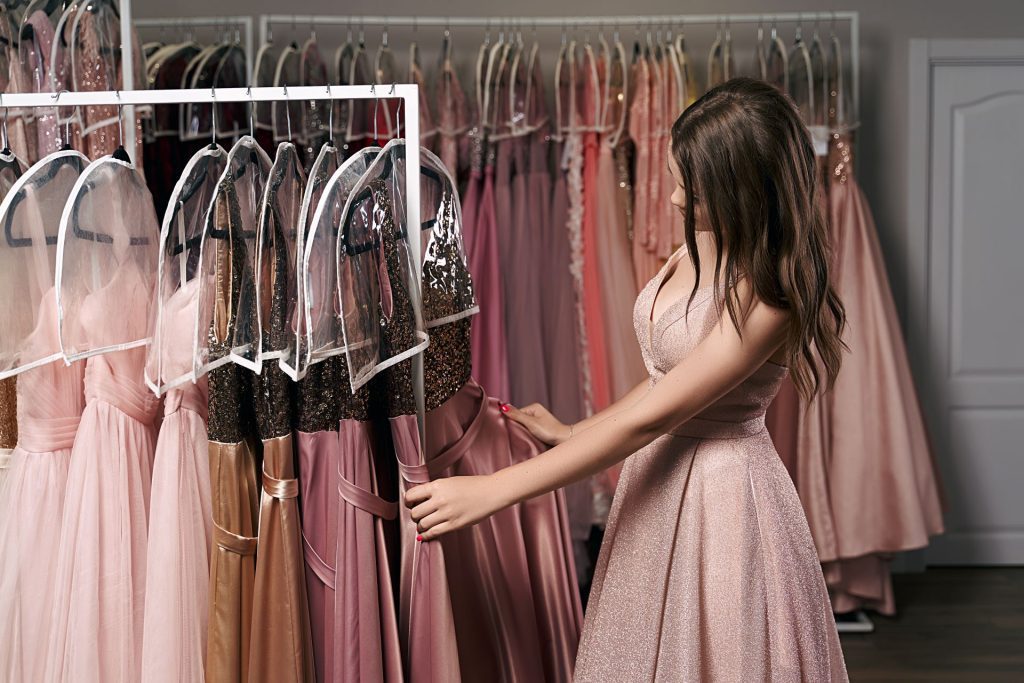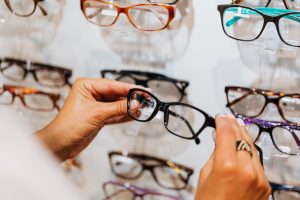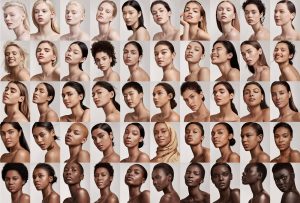Every brick-and-mortar casino has a strictly implemented dress code. This started after casinos incorporated bars and dining centres into their walls. It helped casinos to shake off the negative influence and attract respectable folks into the casino establishments.
Many people believed that casinos were for ill-minded people who garnered money through unscrupulous means. The casino dress code concept was born as casinos became a shared gathering for honourable people.

Today, casinos inspire many designers who base their collections around the rush and atmosphere in casinos. Top clothing lines are first in line to design apparel for the rich and elite. You don’t need a dress code when playing at places like Bally Casino Site. However, land-based casinos have some guidelines.
Casinos have different dress codes depending on the ambience and theme. It’s good to check their guidelines before planning a visit and dress up for the occasion. Most upscale casinos allow you to dress up in fancy clothes. When dressing for a theme, wear costumes or specific clothes related to the theme.
Commonly prohibited attire includes overly casual clothing like oversized T-shirts and flip-flops. However, some casinos may prohibit sportswear, ripped jeans, and revealing garments. Dress appropriately to command respect at the casino table and leave a lasting impression.
The Best Fashion Styles to Wear for a Casino
Visiting a renowned casino is an exciting experience and dressing elegantly can make it much better. The best practice is to find out a casino’s dress code from friends or by visiting their website. However, if you can’t find that information, we’ll look at several dress codes you can try.
Let’s discuss fashion styles that can make you comfortable under your skin.
1. Casino Casual Attire
Most casinos require less formal attire since they’re part of a hotel or restaurant. You don’t need to pass security as you enter the hotel. So, enforcing a strict dress code is almost impossible. Besides, it’s tiring to wear suits all day in hot temperate areas like Nevada. You’ll find people wearing casual clothing on the casino floor.
Wearing casual attire doesn’t mean old and wrinkly clothes. You must look elegant on the casino floor. Think of clothes you’d wear to your first date – simple and elegant. For women, plain T-shirts and casual blouses might be acceptable. You can also wear jeans, a skirt, or a sundress.
2. Business Casual Attire
A relaxed formalwear, or business casual, typically includes a combination of slacks, chinos, and dress shirts. It’s less formal compared to traditional business attire, but it’s intended to give a professional and elegant impression. You probably wear business casual attire to your day job or holiday party.
Men can wear blazers or sports coats with a button-down collared or polo shirt. You don’t need to wear a tie, but you can try one that matches your style. Ladies can wear skirts, pants, and khakis with collared shirts and blouses. On top, wear a sweater, jacket, or anything that covers your shoulders.
3. Black-tie or White-tie Attire
A black-tie suit is a formal dress code where women wear long and cocktail dresses, whilst men wear dinner jackets and tuxedos. It’s typically used for wedding occasions, dinner parties, and award ceremonies.
A white-tie attire is more formal than a black-tie suit. Men must wear bow ties and black tailcoats, and women wear evening or ball gowns. It’s difficult to find people wearing black-tie or white-tie dress codes, but you might need one during a special casino event.
4. Semi-formal Attire
The semi-formal dress code is the most prevalent in most casinos. It requires men to wear black business suits and dark shoes, while women wear a pantsuit, a cocktail dress, or an informal dress. You can wear fancy attire but don’t overcomplicate it with tuxedos and fancy gowns.
Due to the hot weather in Las Vegas, people often wear semi-formal dress codes in the evenings and casino casual during the day. If a casino doesn’t have dress codes, wear semi-formal attire since it’s the most common.
5. Business Formal Attire
A business formal dress code requires a fully matching suit with a jacket, dress pants, or dress skirt. It requires a dark solid colour, avoiding bright colours and patterns. Men should wear black business suits, dark or leather shoes, and a tie.
Semi-formal suits are more fancy than business formal suits. For men, business formal doesn’t allow you to wear expressive clothes. The darker the suit, the better. Women shouldn’t wear revealing clothes. However, tailored heels and understated accessories are allowed.
Conclusion
Touring your first land-based casino can be daunting. You want to dress in something that makes a good impression without looking overdressed. The best way to find a dress is to ask a gamer friend for advice.
However, if you run out of ideas, try the above dress codes for a start to see what works best for you. Consider plain coloured suits at first, then try new styles as you go.
Read More:

fashionabc is a fashion technology platform, comprising a digital directory and various other digital tools and supply chain solutions for the fashion industry ecosystem, that focus on ethical fashion and sustainability. We are building inclusive digital transformation tools for fashion professionals who are willing to take steps towards a more sustainable ethical fashion industry, by adopting AI and DLT blockchain technology.
* building digital profile and IP solutions for fashion businesses
* tackle issues such as provenance and counterfeit in supply chain
* contribute to the construction of a meritocratic ethical fashion industry which is certified and part of the circular economy











